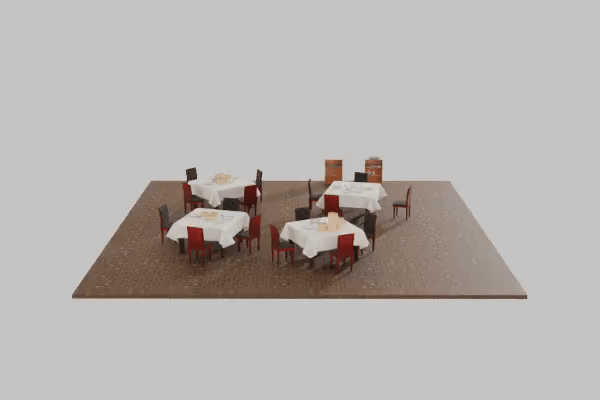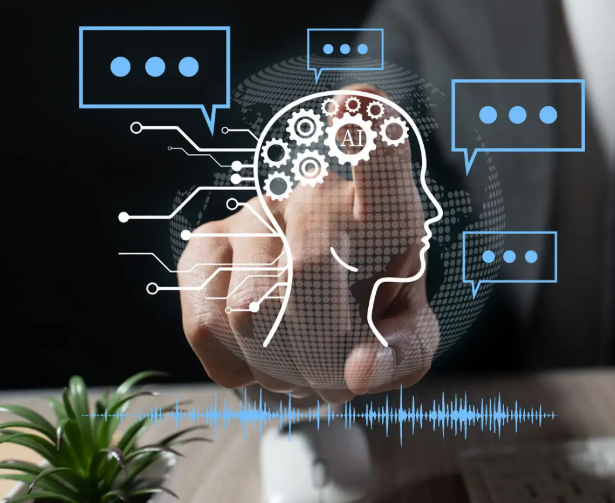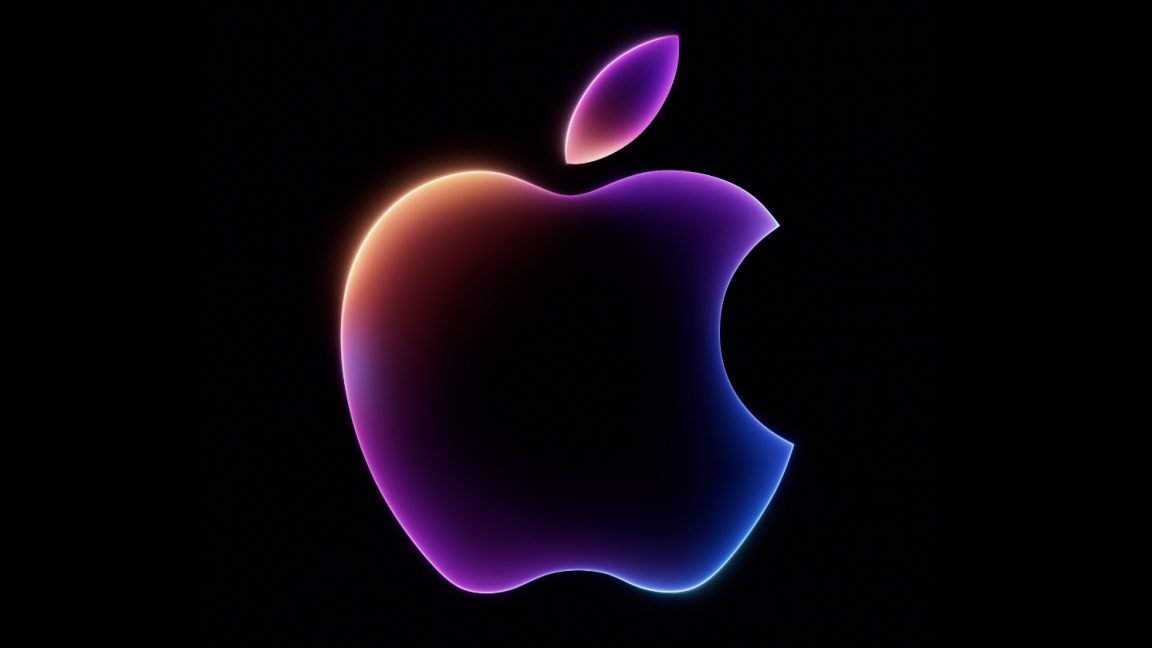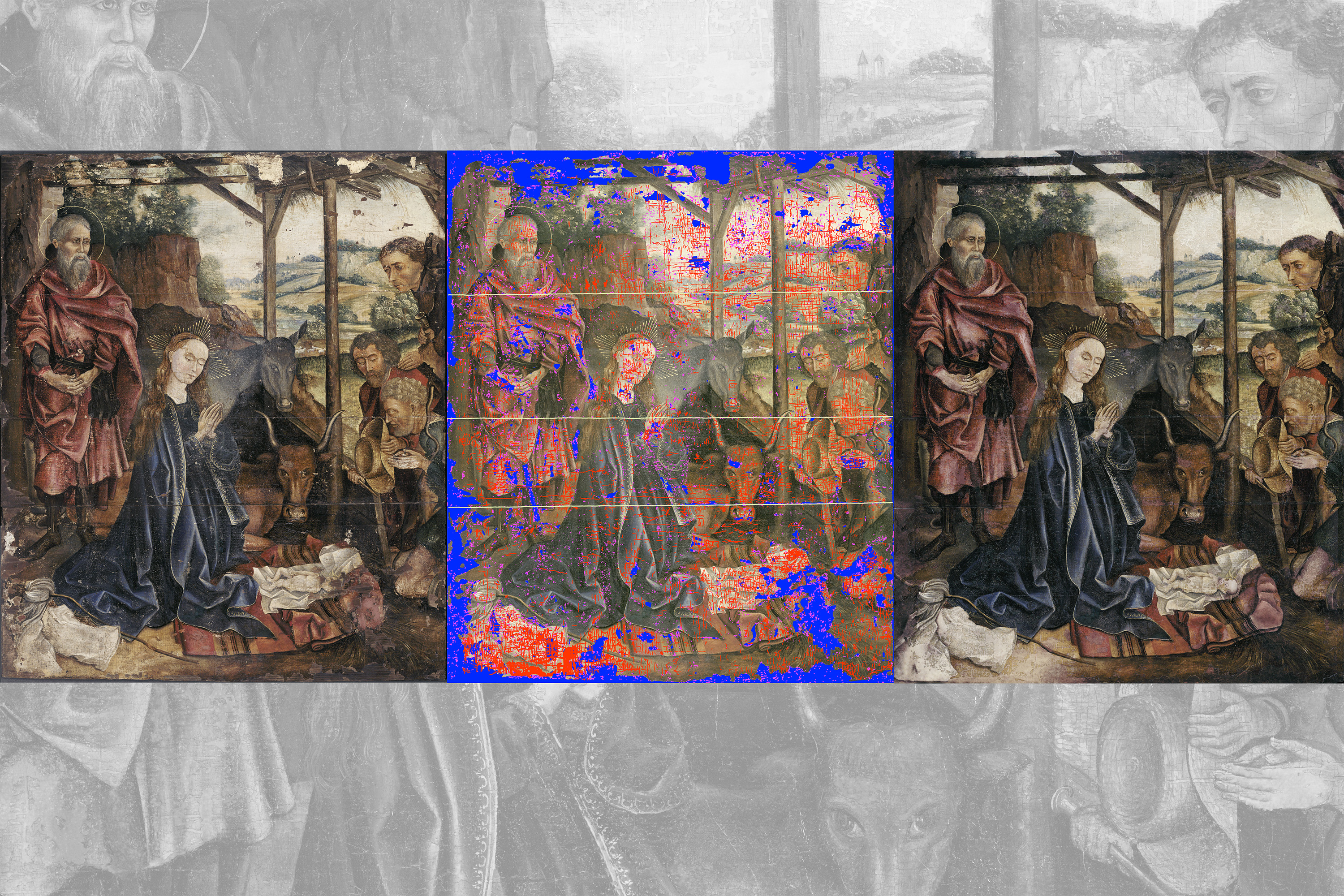Introduction to Steerable Scene Generation
Chatbots like ChatGPT and Claude have experienced a meteoric rise in usage over the past three years because they can help with a wide range of tasks. Whether you’re writing Shakespearean sonnets, debugging code, or need an answer to an obscure trivia question, artificial intelligence systems seem to have you covered. The source of this versatility? Billions, or even trillions, of textual data points across the internet.
The Limitations of Current Robot Training Methods
Those data aren’t enough to teach a robot to be a helpful household or factory assistant, though. To understand how to handle, stack, and place various arrangements of objects across diverse environments, robots need demonstrations. You can think of robot training data as a collection of how-to videos that walk the systems through each motion of a task. Collecting these demonstrations on real robots is time-consuming and not perfectly repeatable, so engineers have created training data by generating simulations with AI (which don’t often reflect real-world physics), or tediously handcrafting each digital environment from scratch.
What is Steerable Scene Generation?
Researchers at MIT’s Computer Science and Artificial Intelligence Laboratory (CSAIL) and the Toyota Research Institute may have found a way to create the diverse, realistic training grounds robots need. Their “steerable scene generation” approach creates digital scenes of things like kitchens, living rooms, and restaurants that engineers can use to simulate lots of real-world interactions and scenarios. Trained on over 44 million 3D rooms filled with models of objects such as tables and plates, the tool places existing assets in new scenes, then refines each one into a physically accurate, lifelike environment.
How Steerable Scene Generation Works
Steerable scene generation creates these 3D worlds by “steering” a diffusion model — an AI system that generates a visual from random noise — toward a scene you’d find in everyday life. The researchers used this generative system to “in-paint” an environment, filling in particular elements throughout the scene. You can imagine a blank canvas suddenly turning into a kitchen scattered with 3D objects, which are gradually rearranged into a scene that imitates real-world physics. For example, the system ensures that a fork doesn’t pass through a bowl on a table — a common glitch in 3D graphics known as “clipping,” where models overlap or intersect.
Strategies for Guiding Scene Generation
How exactly steerable scene generation guides its creation toward realism, however, depends on the strategy you choose. Its main strategy is “Monte Carlo tree search” (MCTS), where the model creates a series of alternative scenes, filling them out in different ways toward a particular objective (like making a scene more physically realistic, or including as many edible items as possible). It’s used by the AI program AlphaGo to beat human opponents in Go (a game similar to chess), as the system considers potential sequences of moves before choosing the most advantageous one.
Applications and Benefits of Steerable Scene Generation
In one particularly telling experiment, MCTS added the maximum number of objects to a simple restaurant scene. It featured as many as 34 items on a table, including massive stacks of dim sum dishes, after training on scenes with only 17 objects on average. Steerable scene generation also allows you to generate diverse training scenarios via reinforcement learning — essentially, teaching a diffusion model to fulfill an objective by trial-and-error. After you train on the initial data, your system undergoes a second training stage, where you outline a reward (basically, a desired outcome with a score indicating how close you are to that goal). The model automatically learns to create scenes with higher scores, often producing scenarios that are quite different from those it was trained on.
User Interaction with Steerable Scene Generation
Users can also prompt the system directly by typing in specific visual descriptions (like “a kitchen with four apples and a bowl on the table”). Then, steerable scene generation can bring your requests to life with precision. For example, the tool accurately followed users’ prompts at rates of 98 percent when building scenes of pantry shelves, and 86 percent for messy breakfast tables. Both marks are at least a 10 percent improvement over comparable methods.
Future Developments and Potential
According to the researchers, the strength of their project lies in its ability to create many scenes that roboticists can actually use. “A key insight from our findings is that it’s OK for the scenes we pre-trained on to not exactly resemble the scenes that we actually want,” says Pfaff. “Using our steering methods, we can move beyond that broad distribution and sample from a ‘better’ one. In other words, generating the diverse, realistic, and task-aligned scenes that we actually want to train our robots in.” The researchers plan to use generative AI to create entirely new objects and scenes, instead of using a fixed library of assets. They also plan to incorporate articulated objects that the robot could open or twist (like cabinets or jars filled with food) to make the scenes even more interactive.
Conclusion
Steerable scene generation offers a novel approach to generating realistic and diverse training scenes for robots. By leveraging AI and machine learning algorithms, this technology has the potential to revolutionize the field of robotics and enable the creation of more advanced and capable robots. With its ability to generate complex scenes and interact with users, steerable scene generation is an exciting development that could have a significant impact on the future of robotics.
FAQs
Q: What is steerable scene generation?
A: Steerable scene generation is a technology that creates digital scenes of everyday environments, such as kitchens and restaurants, to simulate real-world interactions and scenarios for robot training.
Q: How does steerable scene generation work?
A: Steerable scene generation uses a diffusion model to generate a visual from random noise and then refines it into a physically accurate, lifelike environment.
Q: What are the benefits of steerable scene generation?
A: Steerable scene generation allows for the creation of diverse and realistic training scenes, which can improve the performance and capabilities of robots.
Q: Can users interact with steerable scene generation?
A: Yes, users can prompt the system directly by typing in specific visual descriptions, and the tool can bring their requests to life with precision.
Q: What are the future developments and potential of steerable scene generation?
A: The researchers plan to use generative AI to create entirely new objects and scenes, and incorporate articulated objects to make the scenes even more interactive.











